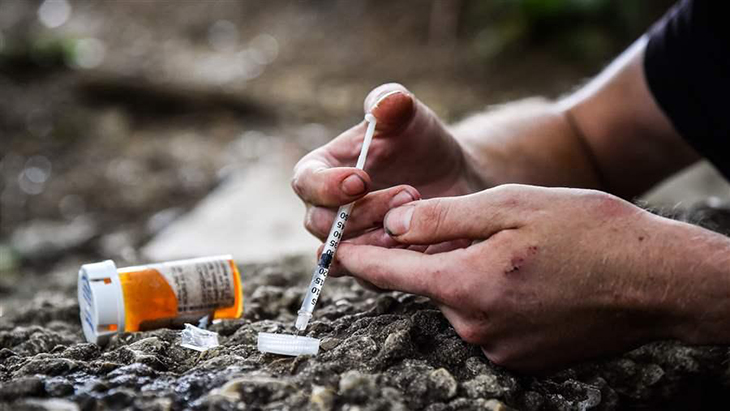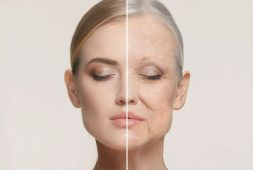
Researchers have looked deep into the drug problems plaguing America today, and recent increases in the fatality rate are brought about by illegally manufactured fentanyl. This drug has claimed so many victims as it can be up to 50 times stronger than heroin and 100 times stronger than morphine.
The numbers are alarming. In fact, drug overdose death rates went up by as much as 44 percent among Black people and 39 percent among non-Hispanic American Indian or Alaska Native folks. This was the statistics gathered from 2019 to 2020. A report that was published by the Centers for Disease Control and Prevention (CDC) last July 19 hones in on the issue.
The new report that was made noticed that out of the 91,799 drug overdose deaths that were recorded in the U.S. last 2020 showed a concerning 30 percent rise from two years before. This was never seen before.
“The increase in overdose deaths and widening disparities are alarming,” said CDC acting principal deputy director Debra Houry, MD, in a statement she made. “Overdose deaths are preventable, and we must redouble our efforts to make overdose prevention a priority. We will continue to support and work collaboratively with communities. Providing tailored tools and resources to combat overdose and address underlying risk factors will ultimately help reduce health disparities and save lives.”
The CDC also noticed that the biggest increase in drug overdose deaths happened to those Black and Native American communities. This doesn’t mean that the White communities were affected as well because there was a record breaking increase of around 24 percent increase in deaths with them as well and in the same time frame.
Researchers believe the reason behind this was that the COVID-19 pandemic’s disruption of access to overdose-prevention treatments and programs played a vital part in the rise when it comes to these deaths. The cause also come from drugs that were illicitly manufactured such as fentanyl and chemically alike fentanyl analogs. The Minnesota Department of Health defines this drug as 50 times more potent than heroin and as much as 100 times more potent than morphine.
There was data collected from 25 states. One of which was the District of Columbia. This came from the State Unintentional Drug Overdose Reporting System. One of the biggest differences between black and white men who were 65 or older in age was that the overdose rate was around seven times higher among the black men.
As for the black folks between 15 to 24 in age, they had the most significant rate increase of 86 percent. When they compared this with other groups in the data, this was higher by a significant amount, which has become a cause of concern.
There were also other vital findings in the research. As for the overdose death rates for American Indian and Alaska Native women who were 25 to 44 years old, these were two times higher than white women of the same age range.
What was the one most important factor for these overdose casualties? They found that it came from Income inequality. When they compared these with counties of higher inequality, there were bigger differences in overdose deaths. It was more pronounced among Black people. This was where the numbers doubled. Hence, income played a big role in terms of drug use and overdose.
While it seems illogical, the opioid overdose rates in 2020 were up in areas that had available opioid treatment facilities. They saw this side by side when they looked into areas that had lower opioid treatment centers. “Higher availability of treatment services does not mean improved access to care,” wrote the CDC in a report. “The known differences in access, barriers to care, and healthcare mistrust could play a role in exacerbating inequities even when treatment is available in the community.”
If you know a victim who needs intervention when it comes to substance use disorder, the CDC urges you to talk to a doctor or a specialist. You may get in touch with experts from the Substance Abuse and Mental Health Services Administration’s National Helpline at 1-800-662-HELP. Or, you can also access the Behavioral Health Treatment Services Locator to see if there’s a facility within your area.



